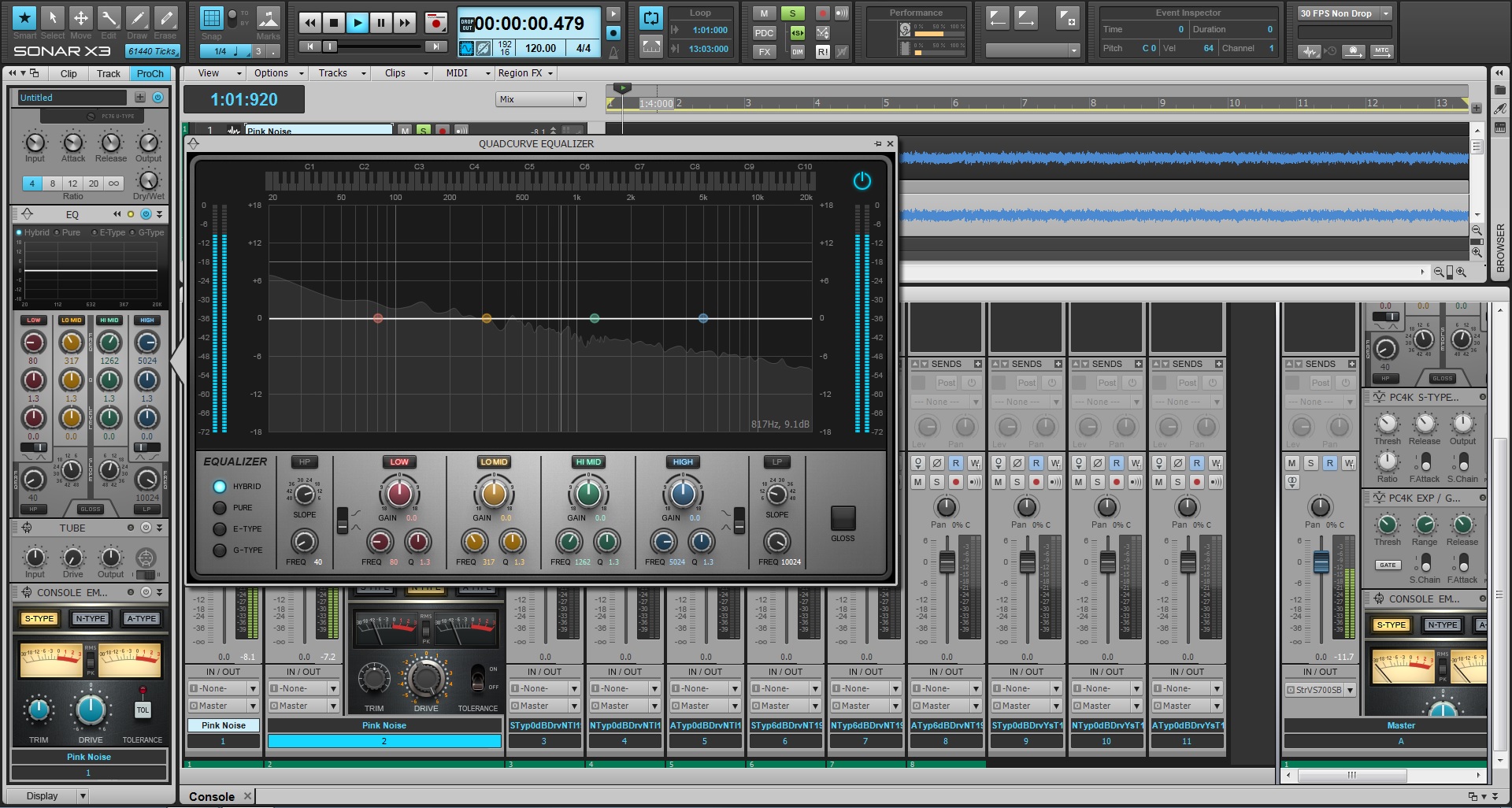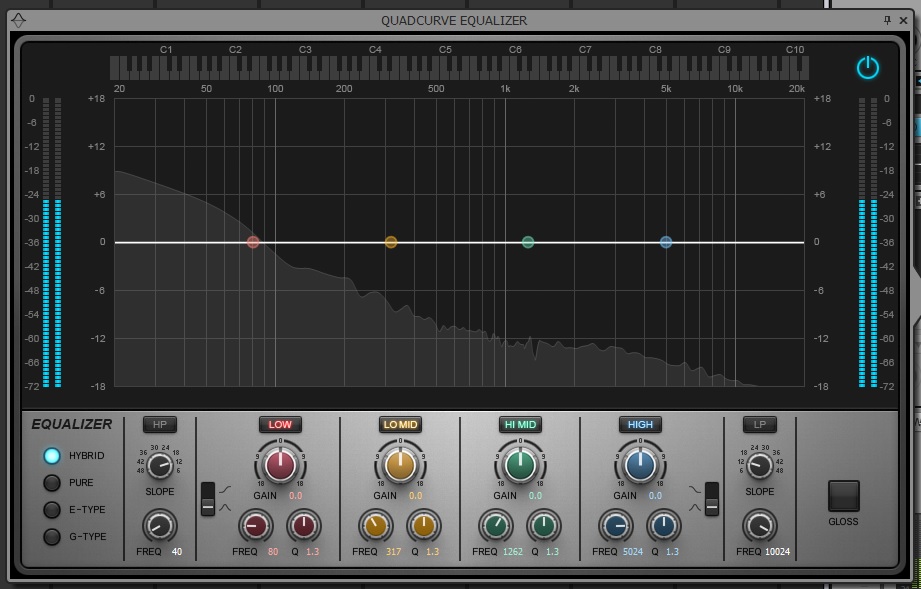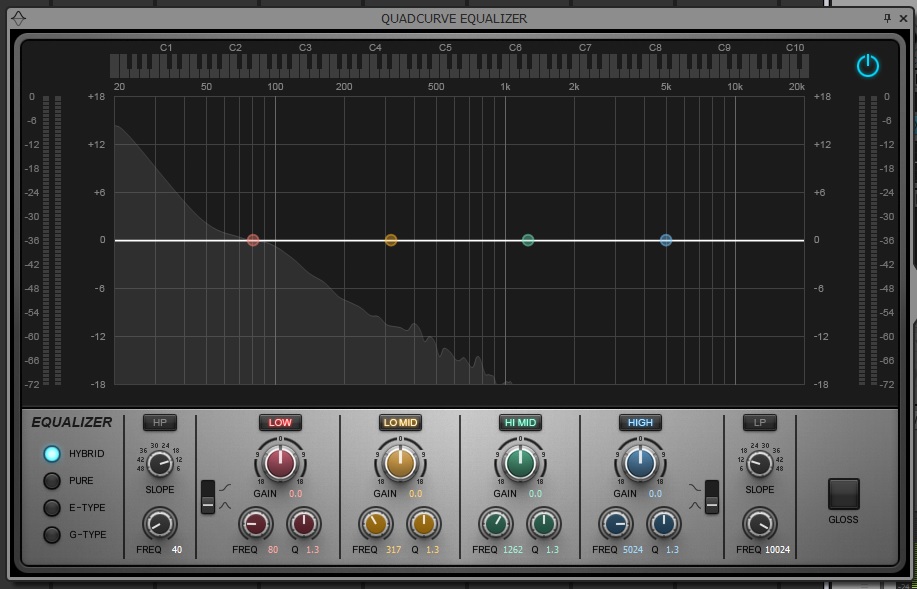The age of hybrid studios

The day has come where digital audio has caught up to the analog trends of the pre-xyz age. Hybrid (digital/analog) home-studios are more common and the need for more analog flavored plugins is a must. Cakewalk has harnessed these trends in some of the latest software additions to the X-series with their track by track Console Emulation ProChannel plugin.
At a glance
Simplicity is one of the key ingredients in the world of plugin interfaces and the Console Emulator is no stranger to that. It’s an easy tool to use, just turn up the Drive! Each algorithm has the same 3 parameters for locking in the sound, Drive, Tolerance, and Trim. Each version of the plugin reflects the circuitry of 3 classic large format console from the past 30 years. Every board has it’s own sound because each circuit is completely different than the other.
Let’s take a closer listen
For most part, Console Emulation is about subtle character. If you apply subtle changes to your entire mix it will collectively sound different. One track may not sound all that different in the final mix, but if you apply this effect to the entirety of your session, well then you’ll probably start to hear some differences. These DSP algorithms are tuned differently even though you may have a hard time hear their differences. To give you a better idea about what the console emulator is doing to each one of your tracks we’ll use some pink noise instead of a music instrument. Thanks to digital audio we can depend on some cool techniques to isolate the wet signal of the console emulation when applied to the pink noise.
Pink noise is useful in this demonstration because it plays all frequencies concurrently. We can get a sense of what frequencies are cut and boosted because the pink noise is a representation of the entire spectrum that we perceive.
To isolate just the effect pink noise we’ll import the sample of pink noise, clone the track, and then flip the phase of the cloned track. Once this is done the audio will cut out completely. But once we flip on the console emulation the effected pink noise remains. This makes comparing and contrasting the different algorithms a bit easier.
S-Type Console Emulator
With the Console Emulator engaged without any drive or tolerance parameters you can easily see and hear the different frequencies that are subject to saturation on the S-Type setting. You can see that much of the low end is saturating as well as frequencies in the high-mid range to sibilant frequencies. Unaffected frequencies are at and around 1k. This scooped saturation is pretty useful for drums and percussion.
Adjusting the drive on this setting as well as the other types of saturation increases the amount of saturation in surrounding frequencies. Now that we are applying a heavy amount of overdrive to the signal we’re starting to reduce the dynamic range of the signal. This isn’t necessarily a bad thing, but it means that you’re – in a sense – compressing the signal more by applying heavy amounts of saturation.
Here’s what the S-type looks and sounds like with the drive increased:
N-Type Console Emulator
The N-type is the cleanest algorithm because it pushes just about all frequencies through it’s saturated sound. The N-type emulation is perfect for vocal production because of this. Vocals require a ton of treatment and care in pretty much every genre so having a console emulation that adds a subtle amount to frequencies across the board makes for a nice effect.
Once you increase the drive on this setting there’s a healthy amount of saturation spread throughout the whole signal. I would be more frugle with this setting due to how much saturation it actually applies.
Here’s what the N-type looks and sounds like with the drive increased:
A-Type Console Emulator
The A-Type Saturation is stronger in the low end and does not saturate any frequencies in the high end. Guitars and Bass instruments would benefit from something like this because of their typical role in a mix. These instruments sit below the vocals, but harmonically support everything. Driving a subtle amount of saturation into these frequency bands brings out the best parts of a distorted guitar or bass.
Typically Bass and Guitar signals respond very well to a lot of saturation. Distortion guitars are already compressed beyond repair so applying saturation to them may be slightly redundant. However, pushed clean tones and bass signals can always use some taming in a mix due to their highly dynamic sound. The application of more drive from the A-Type increases saturation in some of the higher frequencies acting like a compressor by (as we mentioned before) reducing the dynamic range of the signal.
Here’s what the A-type looks and sounds like with the drive increased:
Conclusion
The goal of this article was to show you the subtle effect that the Console Emulation has on the audio that you’re processing. Hopefully this will give you more insight on your choices when applying this effect to your mixes and recordings.









One Reply to “The Sound of Console Emulation in SONAR X3”
Comments are closed.